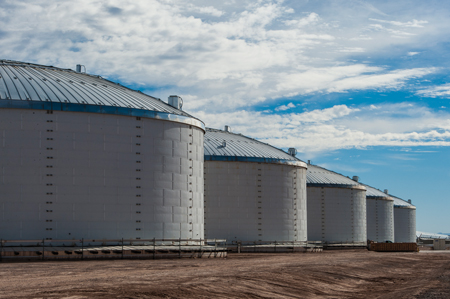The next generation of Concentrating Solar thermal Power (CSP) plants are planning to use much higher temperatures than currently used in working CSP plants. Thermal Energy Storage (TES) in these systems is expected to use temperatures between 650 – 750 °C, which necessitates the use of novel thermal storage media. The AMDTR group have been investigating materials issues in these next generation plants as a part of the Australia Solar Thermal Research Institute (ASTRI), particularly molten salt interactions with the materials which contain them.
This project aims to develop a technical and economic case for using halide based eutectic salt mixtures as Phase Change Materials (PCMs) in thermal energy storage systems. Thermophysical properties are important for understanding the charge/discharge capacity of a salt based PCM system. This project involves modelling that will give information about the size, layout and performance of such an efficient thermal energy storage system. Some thermophysical and cost parameters for potential candidate halide salt eutectic mixtures are given in Table 1.
Table 1. Halide salt eutectic properties
| Mixture | Molar Concentration | Cost ($/kg) | Melting Point (K) | Density (g/cm3) | Thermal Conductivity (W/mK) | Latent Heat (J/mol) | Energy Density
(J/g:J/cm3) |
J/$ |
| KCl + NaCl | 0.494/0.506 | 0.322 | 930 | 1.61 | 0.47 | 378 | 5.69 | 17.68 |
| NaCl + NaF | 0.67/0.33 | 0.265 | 952 | 1.76 | 0.67 | 564 | 10.64 | 40.15 |
| KF + NaF | 0.603/0.397 | 0.371 | 991 | 2.04 | 0.75 | 600 | 11.60 | 31.28 |
The main outcome for this project is to identify and characterise the most optimal halide salt mixture for use as a potential PCM thermal storage media that can reduce the required salt inventory (and thereby cost), improve overall storage capabilities and heat transfer efficiencies. This will help drive progress in high temperature thermal energy storage, which is critical for advancing CSP technology on the whole.

Molten Salt thermal energy storage tanks at the Solana Generating station in Arizona. Image courtesy: Abengoa
Project Funded by Queensland University of Technology.